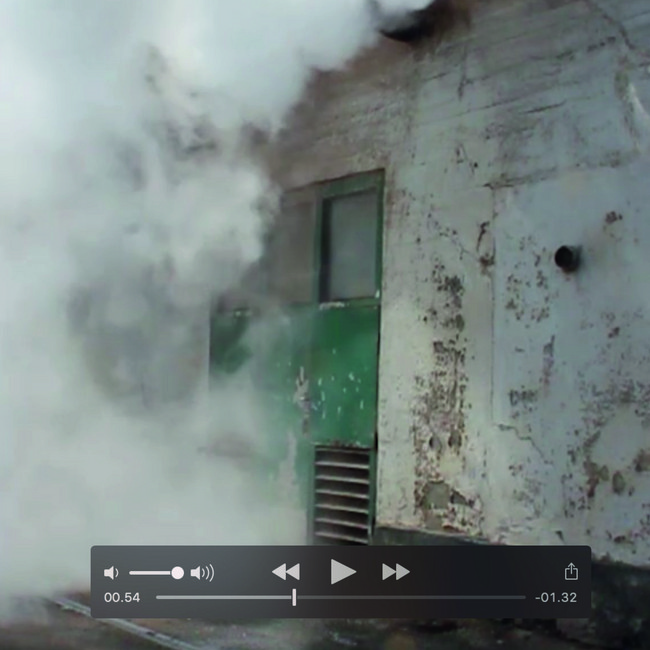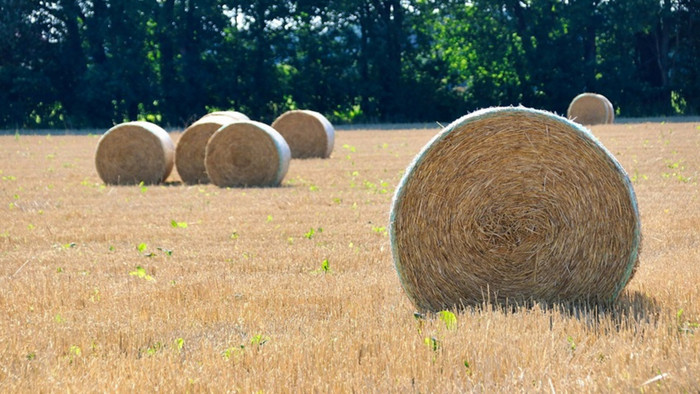
Lecture at Copenhagen University: The aesthetics of places and spaces
Cinematic tools as film are some of the best representation formats to simulate human actions and emotions, and intangible qualities as atmosphere, time, light and motion. But which role does e.g. film play in the field of architecture practice today? And how can cinematic tools be used to empower the aesthetic qualities, which are often neglected in the communication chain of the building industry e.g. in tenders and competitions programs.
Landscape Architects have largely inherited the working methods of building architects using representationformats and tools for measurement (plan and section drawings) to communicate the sensed, time, motion and atmosphere. The representation formats have a dual purpose of communicating measurable and sensed/aesthetic capabilities, and mostly the translation and reading of renderings are well understood within the framework of the building industry, but when used to communicate with e.g. residents they can easily be misread.
Renderings or sections crowded with people elaborate on the opportunity for expression within a space, and the associations you might get from lingering there. Most often they shouldn’t be taken literally, as a given time of the day in the future. The mix of communicating measurability and sensed qualities is a result of lack of tools for communicating aesthetics, and a lack of demand.
Sofie Stilling gave a lecture on the use of film as a registration, process and design tool and as a communicative tool in her practice at Smith Innovation and as a landscape architect. How film can be a tool to communicate the atmosphere of spaces and places and be a tool to empower the aesthetics in the chain of communication within the building industry.


